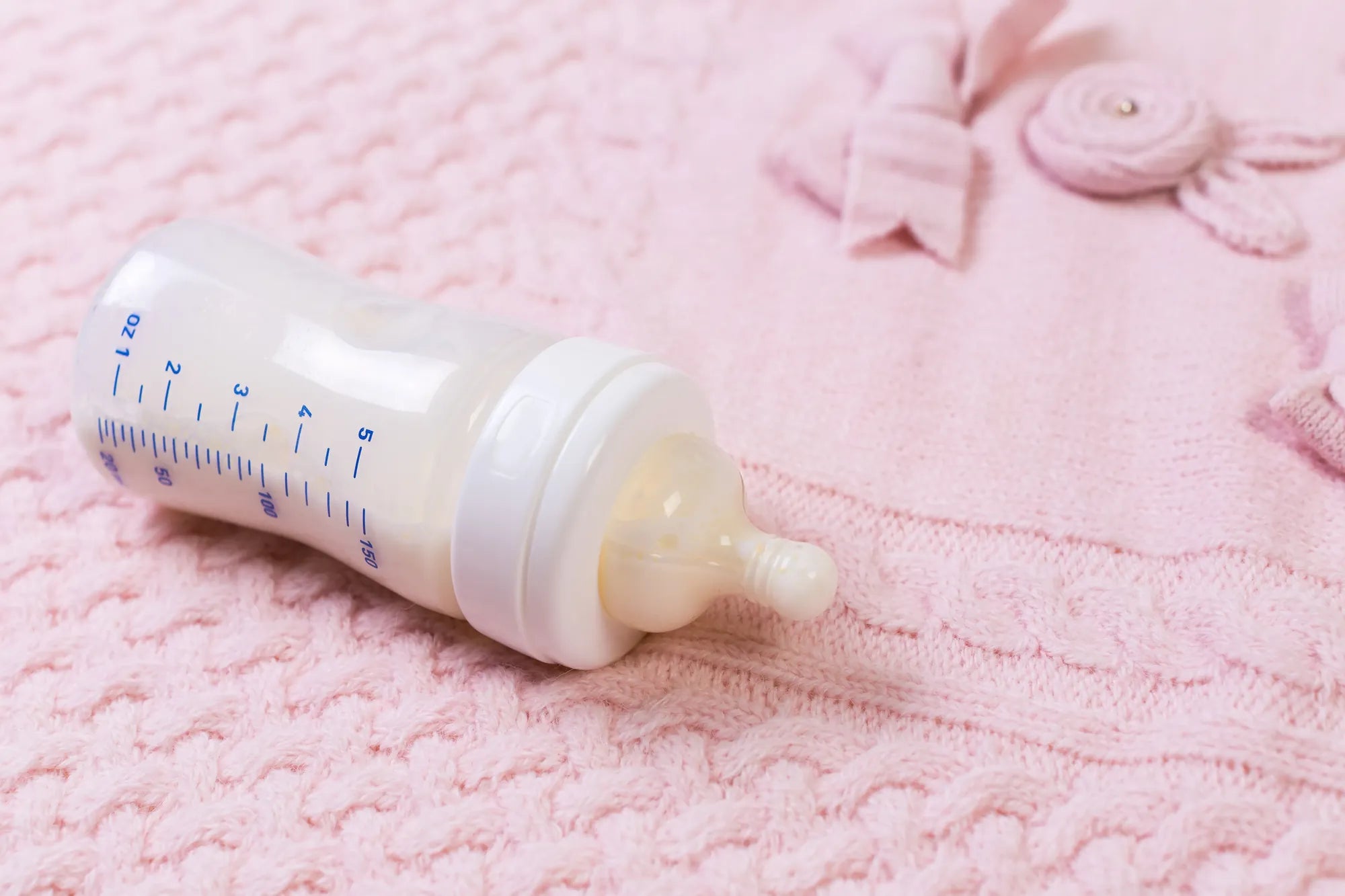Inicio
Pregnancy, Breastfeeding, and Pumping: The Ultimate Guide for Moms
What Can I Use to Clean My Breast Pump: A Comprehensive Guide

What Can I Use to Clean My Breast Pump: A Comprehensive Guide
Keeping your breast pump clean is crucial for your baby's health and your peace of mind. Whether you're a new mom or an experienced parent, understanding the right cleaning methods can make a world of difference. This guide will walk you through everything you need to know about cleaning your breast pump effectively and safely.
Why Cleaning Your Breast Pump is Essential
Breast milk is a perfect food for your baby, but it can also be a breeding ground for bacteria if not handled properly. A dirty breast pump can introduce harmful bacteria into your baby's milk, leading to potential health issues. Regular cleaning ensures that your breast pump remains safe and hygienic for every use.
What You Need to Clean Your Breast Pump
Before diving into the cleaning process, gather all the necessary supplies. Here's a list of items you'll need:
- Mild dish soap
- Warm water
- A clean brush or sponge
- A clean towel or paper towels
- A drying rack
- Sanitizing solution or wipes (optional)
Step-by-Step Cleaning Process
Follow these steps to ensure your breast pump is thoroughly cleaned after each use:
1. Disassemble the Pump
Start by taking apart all the components of your breast pump. This includes the bottles, flanges, valves, and any other detachable parts. Refer to your pump's manual if you're unsure how to disassemble it.
2. Rinse with Warm Water
Rinse each part under warm running water to remove any residual milk. This step helps to prevent milk from drying on the parts, which can make cleaning more difficult.
3. Wash with Mild Soap
Use a mild dish soap and a clean brush or sponge to wash each part thoroughly. Pay special attention to crevices and hard-to-reach areas where milk can accumulate. Avoid using harsh chemicals or abrasive scrubbers that could damage the pump parts.
4. Rinse Again
After washing, rinse each part under warm water to remove any soap residue. Soap left on the parts can affect the taste of the milk and may be harmful to your baby.
5. Dry Completely
Place the cleaned parts on a clean towel or drying rack to air dry. Ensure that all parts are completely dry before reassembling the pump. Moisture can promote bacterial growth, so it's essential to let the parts dry thoroughly.
6. Sanitize (Optional)
For an extra layer of protection, you can sanitize the pump parts. This can be done using a sanitizing solution, boiling water, or a steam sterilizer. Follow the manufacturer's instructions for sanitizing to avoid damaging the parts.
Tips for Maintaining a Clean Breast Pump
Here are some additional tips to help you keep your breast pump in top condition:
- Clean your breast pump immediately after each use to prevent milk from drying on the parts.
- Store the pump parts in a clean, dry place to avoid contamination.
- Replace any worn-out or damaged parts promptly to maintain the pump's efficiency and hygiene.
- Wash your hands thoroughly before handling the pump parts to prevent the transfer of bacteria.
Common Mistakes to Avoid
While cleaning your breast pump, be mindful of these common mistakes that can compromise its cleanliness:
- Using harsh chemicals or abrasive scrubbers that can damage the pump parts.
- Not rinsing the parts thoroughly, leaving soap residue that can affect the milk's taste.
- Reassembling the pump before the parts are completely dry, promoting bacterial growth.
- Neglecting to clean hard-to-reach areas where milk can accumulate and breed bacteria.
When to Replace Breast Pump Parts
Even with regular cleaning, breast pump parts can wear out over time. Here are some signs that it's time to replace certain components:
- Cracks or discoloration in the bottles or flanges
- Loss of suction power
- Visible wear and tear on valves or membranes
- Difficulty in cleaning certain parts due to damage
Regularly inspect your breast pump parts and replace them as needed to ensure optimal performance and hygiene.
Traveling with Your Breast Pump
If you're on the go, maintaining a clean breast pump can be challenging. Here are some tips for keeping your pump clean while traveling:
- Carry a portable cleaning kit with mild soap, a brush, and a clean towel.
- Use sanitizing wipes for quick clean-ups when soap and water are not available.
- Store the pump parts in a clean, sealed bag to prevent contamination.
- Plan ahead to ensure you have access to clean water and a drying area.
Final Thoughts on Cleaning Your Breast Pump
Cleaning your breast pump may seem like a daunting task, but it's a crucial part of ensuring your baby's health and safety. By following the steps and tips outlined in this guide, you can maintain a clean and hygienic breast pump with ease. Remember, a clean pump not only protects your baby but also extends the life of your pump, making it a worthwhile investment of your time and effort.
Ready to take the next step in ensuring your breast pump is always clean and safe? Follow this comprehensive guide and enjoy peace of mind knowing that your baby is getting the best care possible.
Compartir
